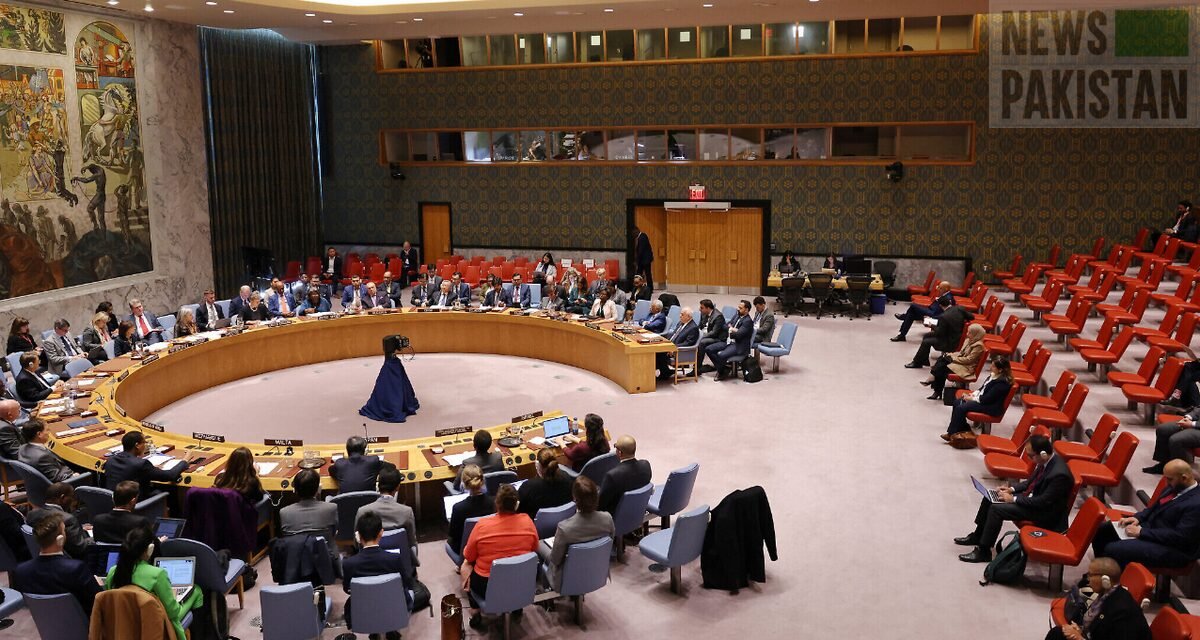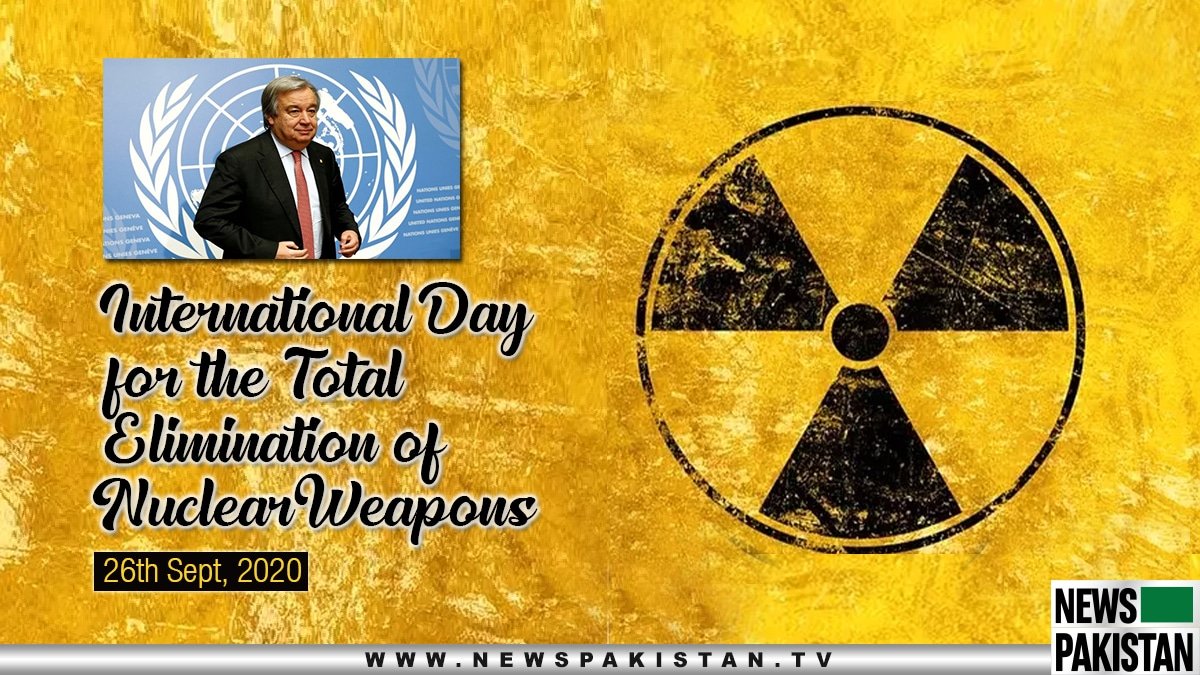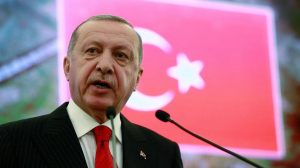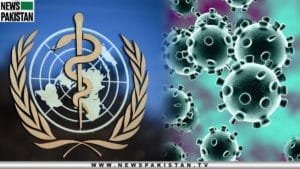KARACHI: In 1945 nuclear weapons were used against humanity killing 213,000 men, women and children.
Next year UNGA, in its first resolution, identified nuclear disarmament as one of the Global Body’s leading goal. It also established the Atomic Energy Commission (that was later dissolved).
The General Assembly observes 26th September as the International Day for the Total Elimination of Nuclear Weapons. The members of the UN reaffirm their commitment to the nuclear disarmament on this day.
Public and their leaders are informed apropos the advantages of getting rid of nuclear arsenals. People are also told about the economic costs of harboring such weapons. It is expected that these activities will help endeavors towards achieving the common goal of a nuclear-weapon-free world.
Secretary general of the United Nations António Guterres commenting on the International Day for the Total Elimination of Nuclear Weapons stated: “We need a strengthened, inclusive and renewed multilateralism built on trust and based on international law that can guide us to our shared goal of a world free of nuclear weapons.”
Relevant events according to UN diary:
1945: The two atomic bombs destroyed the cities of Hiroshima and Nagasaki.
1946: In its very first resolution, the General Assembly identified nuclear disarmament as a leading goal of the United Nations.
1959: The General Assembly included nuclear disarmament as part of the more comprehensive goal of general and complete disarmament under effective international control (resolution 1378(XIV)). It is the first General Assembly resolution ever to be sponsored by the entire membership of the United Nations.
1963: The Treaty Banning Nuclear Weapon Tests in the Atmosphere, in Outer Space and Under Water, also known as the Partial Test Ban Treaty, was opened for signature. Years-long discussions between the Soviet Union, the United Kingdom and the United States had been given a renewed sense of urgency by the Cuban Missile Crisis in 1962.
1967: The nuclear arms race and the 1962 Cuban Missile Crisis prompted Latin American Governments to negotiate the Treaty for the Prohibition of Nuclear Weapons in Latin America and the Caribbean (Treaty of Tlatelolco), which established the first nuclear weapons-free zone in a highly populated area.
1978: The General Assembly held its first Special Session Devoted to Disarmament. In the Final Document, Member States affirmed that their common ultimate objective is “general and complete disarmament under effective international control” and that “effective measures of nuclear disarmament and the prevention of nuclear war have the highest priority.”
1985: The South Pacific became the second nuclear-weapon-free zone (Treaty of Rarotonga).
1991: South Africa voluntarily renounced its nuclear weapons programme.
1992: By the Lisbon Protocol to the Strategic Arms Reduction Treaty (START I), Belarus, Kazakhstan and Ukraine voluntarily renounced nuclear weapons in their possession following the dissolution of the Soviet Union.
1995: At the 1995 NPT Review and Extension Conference, States parties adopted without a vote the decisions on the indefinite extension of the Treaty, “Strengthening the review process for the Treaty” and “Principles and objectives on nuclear non-proliferation and disarmament”, as well as a “Resolution on the Middle East”. Southeast Asia became the third nuclear-weapon-free zone (Bangkok Treaty).
1996: Africa became the fourth nuclear-weapon-free zone (Pelindaba Treaty). At the request of the General Assembly, the International Court of Justice provided an advisory opinion on the Legality of the Threat or Use of Nuclear Weapons. The Comprehensive Nuclear-Test-Ban Treaty opened for signature.
2000: At the 2000 NPT Review Conference, States parties adopted thirteen practical steps for systematic and progressive efforts for nuclear disarmament.
2006: Central Asia became the fifth nuclear-weapon-free zone (Treaty on a Nuclear-Weapon-Free Zone in Central Asia).
2008: United Nations Secretary-General Ban Ki-moon announced his five-point plan towards nuclear disarmament.
2010: At the 2010 NPT Review Conference, States parties adopted a 64-point action plan across all three pillars of the Treaty – nuclear disarmament, nuclear non-proliferation and the peaceful uses of nuclear energy – and practical steps to implement the 1995 Resolution on the Middle East.
2013: The General Assembly held its first-ever high-level meeting on nuclear disarmament. The General Assembly, through its resolution 68/32, declared that 26 September will be the International Day for the Total Elimination of Nuclear Weapons. The General Assembly, pursuant to resolution 67/56, convenes an open-ended working group on taking forward multilateral nuclear disarmament negotiations.
2016: The General Assembly, pursuant to resolution 70/33, convenes a second open-ended working group on taking forward multilateral nuclear disarmament negotiations.
2017: On 7 July, the Treaty on the Prohibition of Nuclear Weapons is adopted. It is the first multilateral legally binding instrument for nuclear disarmament to have been negotiated in 20 years.
2018: The Secretary-General launched “Securing Our Common Future: An Agenda for Disarmament.” The Agenda addresses the elimination of nuclear weapons in the framework of “disarmament to save humanity.”
2020: Fiftieth Anniversary of the entry- into force of the Treaty on the Non-Proliferation of Nuclear Weapons (NPT).
Newspakistan.tv | YouTube Channel











